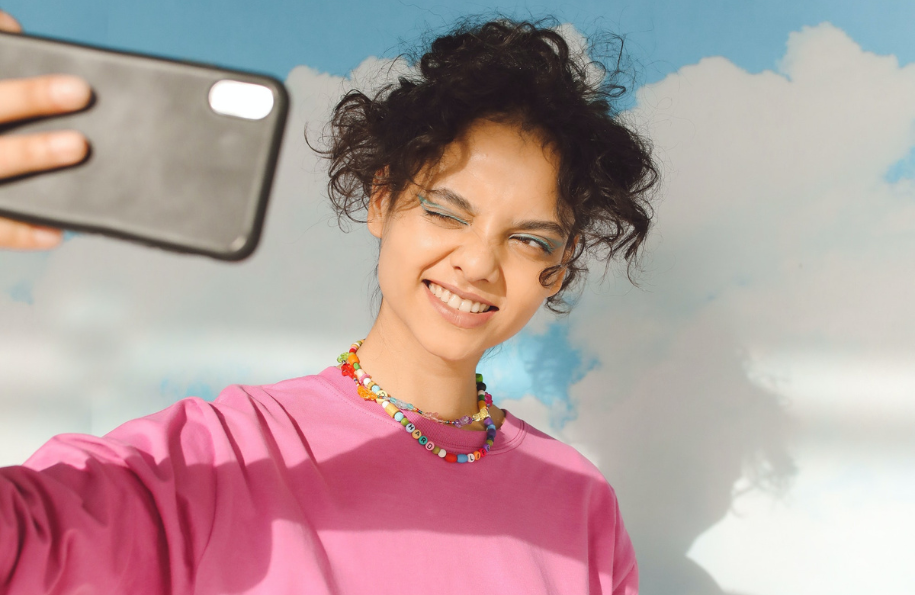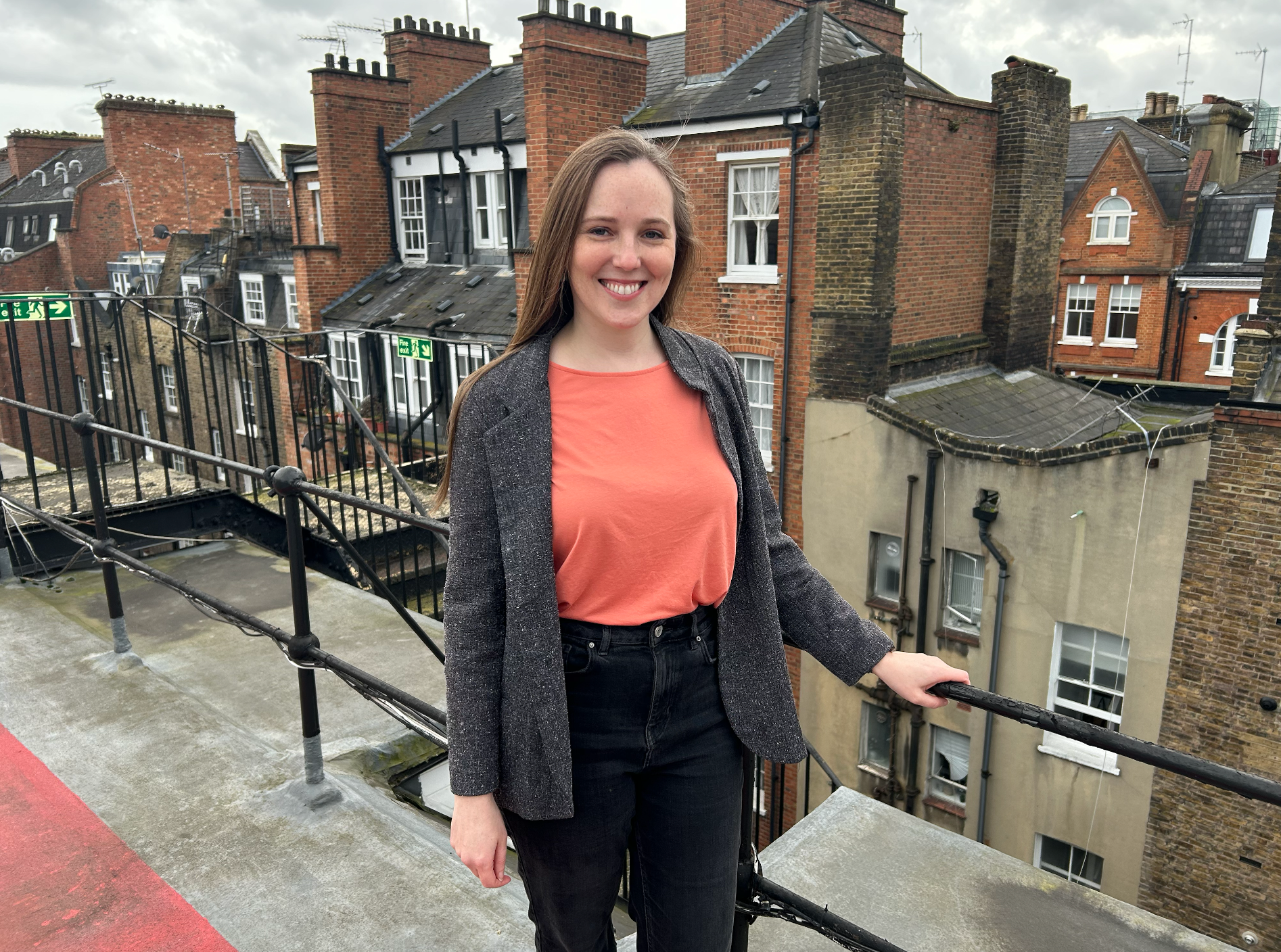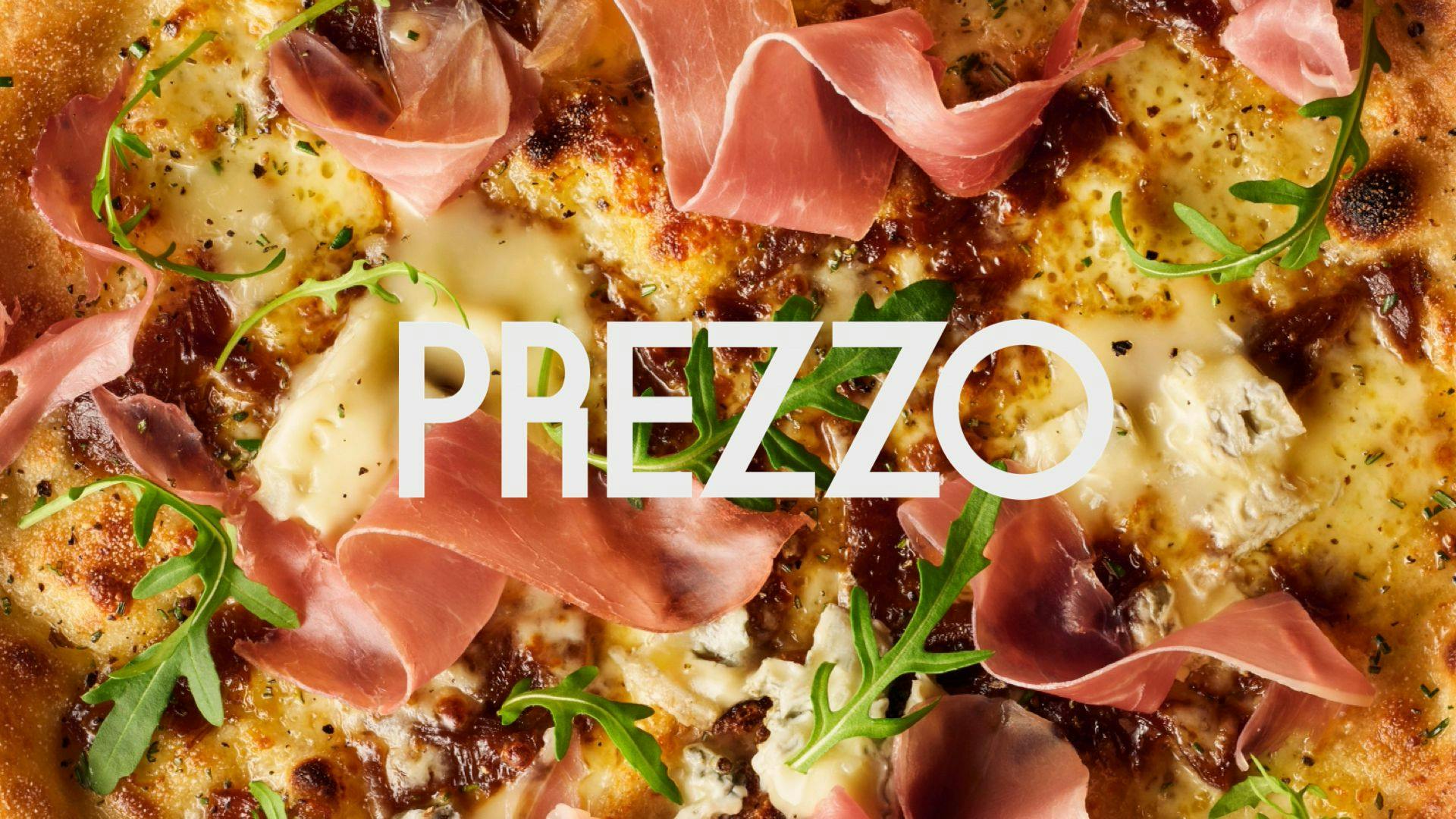
Fashion's Preloved Makeover
24 April 2024
See us in The Drum
Fashion's preloved makeover – how Vinted, Depop and Gen-Z are leading the change.
I’ve got my eye on a nice denim shirt. Dark, petrol blue. Cowboy style. Pearls in the buttons. You know the one. Off to ASOS I go. But wait, stop, my cousin, a Gen Z acolyte, tells me “You can’t buy it new!”
A new generation of shoppers.
He’s part of the movement of thrift shoppers that’s grown explosively over the last few years, seeking deals on quality fashion that deserves another chance at love. In fact, 75% of Gen Zs are shopping second-hand and 37% are reselling their clothes.
Second-hand, thrift, preloved, whatever we’re calling it these days, it’s been around for a while. But a rise in app based brands taking the market share from eBay, and a more environmentally conscious shopper has created a very large addressable market.
There’s a big focus on sustainability. Brands that improve their CSR, or exist souly around environmental concerns – like Ocean Clean-up Sunglasses (now completely sold out) – have been getting a lot of attention from consumers.
But there’s more at play here than just environmental factors.
The economy isn’t great right now – duh. Everyone is looking for savings. And some people are looking to offload their old wardrobes. That’s a winning combination.
A new generation of brands.
So what are the likes of Vinted, Depop and Facebook Market Place doing to grab hold of Gen Z? Is eBay doing anything to steal Gen Z market share? And how are existing fast fashion brands adapting?
Depop – the brand who made it cool. It’s like Instagram meets eBay. Their “I got it on Depop” campaign strategy is all about community and empowering their users to play an active role in the second-hand movement – featuring sellers and buyers in their out of home advertising. It’s about pride, and making second-hand fashion cool.
They’re not the only app-based brand to have been increasing marketing spend. Vinted spent £37m on advertising in 2022 – focusing on mainstream campaigns for maximum cut-through. Their lead in the preloved space seems unassailable – but these are still early days and the market is only getting more and more competitive with new brands popping up and mainstream retail changing tact.
A new mainstream.
Brands no longer need to change perceptions, positioning second-hand as a normality. It very much now is. Preloved is mainstream. There’s not a shadow of doubt about that.
So, in this new landscape what is eBay doing to protect its market share from new rivals like Depop. For Gen Z, eBay can feel outdated, a relic of the old internet, and, as my cousin tells me, “One for the boomers.”
Their problem comes from the fact that eBay is a broad resale platform – it’s not just about fashion. This lack of simplicity and single mindedness makes going toe to toe with brands like Vinted and Depop that much harder.
Their 2021 partnership with Love Island shows the brand changing tact to reach that audience with a specific preloved fashion message. And campaigns since have all included executions that target the Gen Z fashion enthusiast. But they’ve gone further to target a broader demographic including small businesses with their more recent campaign “That’s the eBay Way” – positioning bargain hunting as a serious sport against the enemy: fast-fashion.
More recently, eBay has announced they’ll be dropping fees for second hand clothes sold on their marketplace. Though done under the guise of sustainability, many analysts are labelling this an attempt to compete with Depop and Vinted.
Are they doing enough? Only time will tell. But it’s worth noting research from WARC, stating that the second-hand market for clothes will be nearly 1.5x the size of fast fashion within 10 years. So, I expect to see more fashion oriented advertising from eBay – and actually, many other mainstream brands.
A new fashion industry.
Luxury retailers, like Selfridges and Net-A-Porter are integrating preloved segments into their offerings, signalling a shift in the broader retail landscape.
Vintage ‘Wornwell’ concessions have popped up inside Primark,ASOS Marketplace sales grew 690% in 2023, and brands like John Lewis, Zara, Cos and M&S now all hold preloved/recycling initiatives as part of their offering.
This isn’t surprising, following a Thredup sales report finding that ‘more than half of Gen Z are more likely to shop with a brand that offers second-hand alongside the new’.
These high-street brands seem to be following in the footsteps of Y2K-inspired retailer, Urban Outfitters – turning the old into the new and presenting it as ‘the brand new’.
But there’s a big warning to be given here. Brands should be aware of Greenwashing – using marketing to suggest their business is sustainable, when the majority of it may not be. Not only are their new ASA standards to abide by, but consumers, especially among the Gen Z variety, are more switched on than ever to when a brand is being a bit “sneaky”.
Ultimately, we’re in the midst of a fashion revolution. Gone are the days of big money being dropped on rare cuts of cloth. Preloved is here to stay. And the entire fashion industry is changing to fit around that new norm – a norm that’s being led in the most part by Gen-Z.
There was a time when the word ‘second-hand’ itself was a bit a dirty term. But this new refreshed ‘preloved’ positioning is now a statement of cool – which in the realms of fashion is what it’s all about.
In the words of Depop, old is the new new.

